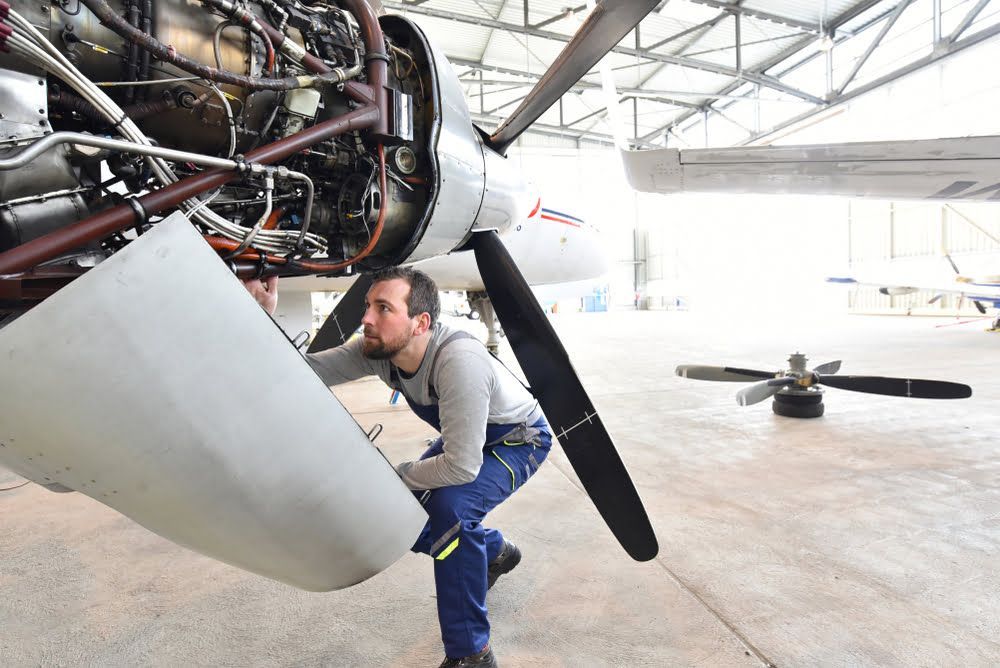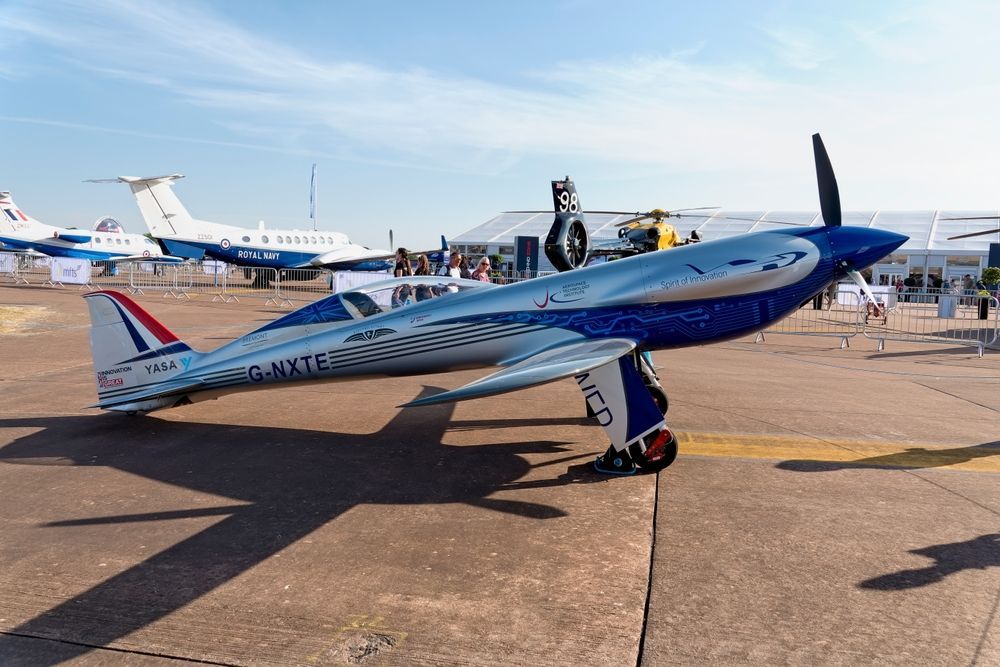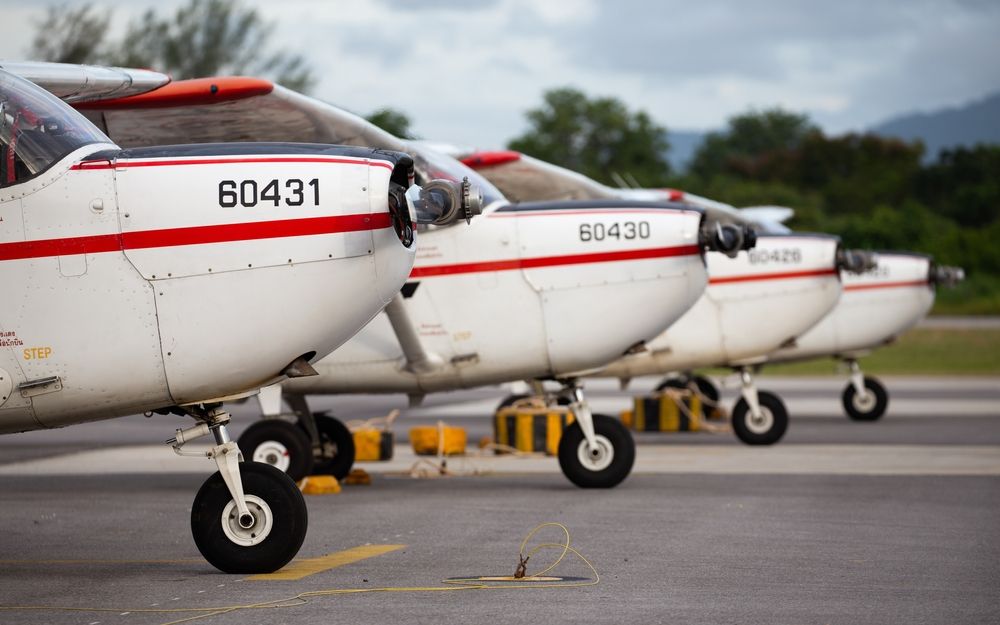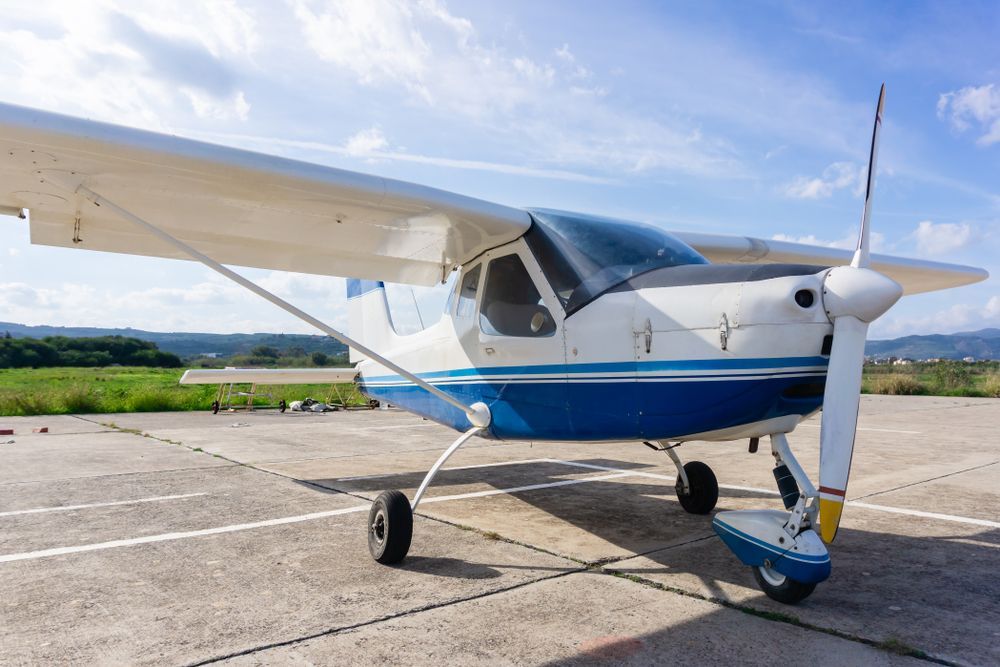
Want to maximize the life and your return on investment of a vehicle, HVAC system, or home kitchen appliance? Then you’re going to need to perform regular preventative maintenance.
Preventative maintenance is exactly what it sounds like. It’s defined as regularly performing manufacturer-recommended maintenance to avoid any unexpected issues. Any major appliance or mechanical system requires preventative maintenance – and aircraft are no exception.
In this post, we’ll discuss preventative maintenance aviation and why it’s important, common maintenance checklists, best practices for preventative maintenance, and more. Read on to learn more about preventative aircraft maintenance.
What is Preventative Aircraft Maintenance?
As we covered in the opening, preventative maintenance is the act of regularly performing manufacturer-recommended maintenance to avoid or minimize issues. To be more specific, aircraft preventative maintenance involves preservation or part replacement that doesn’t involve the most complex assemblies of the vessel. Think of it as maintenance to the aircraft without taking a lot of things apart.
Preventative aircraft maintenance typically takes place at regularly scheduled intervals. It often consists of running some basic tests, checking and monitoring for wear and tear, lubricating and cleaning various parts and components, and replacing small parts as necessary. The Federal Aviation Administration (FAA) has established a clear set of preventative maintenance tasks, which we’ll get to later on in this piece. They apply to all aircraft, whether you rent or buy.
Benefits of Preventative Repairs
There are various benefits associated with preventative repairs, but the most important is safety. When you’re working on something designed to fly tens of thousands of feet above sea level, safety is paramount. Catching aircraft issues when they’re minor and before they become large, significant problems can help ensure safe flying.
Other benefits of preventative maintenance are cost savings and minimizing unplanned downtime. Again, discovering and fixing a small problem before it has the chance to become a significant one is going to be far less expensive than the alternative. Some estimate that preventative maintenance is up to 20 percent less expensive than reactive maintenance, or repairs that occur after a problem becomes known.
Additionally, preventative maintenance is designed to help ensure an aircraft runs efficiently and effectively, thereby reducing the risk of any unexpected or untimely repair.
Preventative Maintenance vs. Reactive Repairs
Think of preventative maintenance as being proactive. That is, ideally, you’re performing maintenance to avoid any issues or before failure can occur. Reactive maintenance, conversely, is maintenance that takes place after there’s a known problem or failure. Preventative maintenance tends to avoid unplanned downtime and offers financial benefits compared to reactive maintenance.
Preventative Aircraft Maintenance Checklist
As we said earlier in this piece, the FAA has established a clear set of preventative maintenance tasks that should be carried out at certain intervals. For instance, there are 100-hour inspections, which apply to small aircraft . Fitting to the name, qualifying aircraft must be inspected at least once every 100 hours of flight time. There are also progressive inspections and annual inspections , the latter of which must be done by a professional aircraft mechanic. In addition to all of this, preflight checks are also a requirement. Keep in mind that any aircraft – regardless of the size – that does not comply with FAA standards or regulations is prohibited from flying.
Here’s an overview of the preventative maintenance checklist for aircraft:
Wings
If they’re not the most important component of the airframe, the wings are certainly among the most crucial, so ensuring good condition is imperative. Wings should be checked for cracks, dents, or other damage. If the aircraft’s fuel tanks are located in the wings, they should be inspected for any leaks or damage. The position lights should also be inspected to ensure proper operation.
Fuselage
The fuselage, or main body of the aircraft, is important for anyone riding inside the plane. Be sure to inspect seat belts, the HVAC system, top off hydraulic reservoirs, and inspect doors and windows.
Engines
Aircraft engines that aren’t operating efficiently or effectively will impact performance. Cowlings and fairings should be regularly cleaned, fuel lines should be checked, and spark plugs should be removed, cleaned, and – if necessary – replaced.
Landing Gear
Landing gear encompasses many different components, such as tires, struts, shock absorbers, wheel bearings, and lights. All should be regularly inspected and serviced as necessary.
Empennage
Finally, there’s the empennage, or aircraft tail. Ideal for steering and providing stability, empennage maintenance involves checking the rudder, elevator, and stabilizers.
Best Practices for Implementing Preventative Maintenance
Preventative maintenance isn’t as simple as just performing it and moving on. In addition to adhering to FAA regulations on how often it needs to occur, activity also needs to be meticulously documented. Learn more about best practices for implementing preventive maintenance in this section:
Regular Inspection and Scheduled Maintenance
The best way to implement preventative maintenance is simply to stick to the FAA’s required maintenance and inspection schedule of preflight checks, 100-hour inspections (if the aircraft is applicable), annual inspections, and progressive inspections. Additionally, the aircraft manufacturer – similar to a vehicle manufacturer – is likely to recommend certain scheduled maintenance at various flight intervals to help keep the plane running smoothly.
Comprehensive Documentation and Record-Keeping
All maintenance needs to be meticulously logged to ensure an aircraft is meeting FAA regulations and also ensure there’s documentation of the work that has occurred. Maintenance needs to be logged with:
- The type of work performed
- The date the work occurred.
- The credentials of the individual who performed the work.
Learn More About Preventative Maintenance Services at J.A. Air Center
For more information on preventive maintenance aviation services and how J.A. Air Center can help, contact us today. We’re standing by and ready to ensure your plane is operating effectively, efficiently, and safely, and you’re doing what’s necessary as an aircraft owner or pilot . Contact us today for more information and for assistance with your aircraft’s preventative maintenance.
J.A. Air Center – Aurora Municipal Airport (KARR) – 43W730 US Highway 30 – Sugar Grove, IL 60554
E-mail Us: info@jaair.com | Call Us! 800.323.5966
Website imagined and executed by RivalMind.




